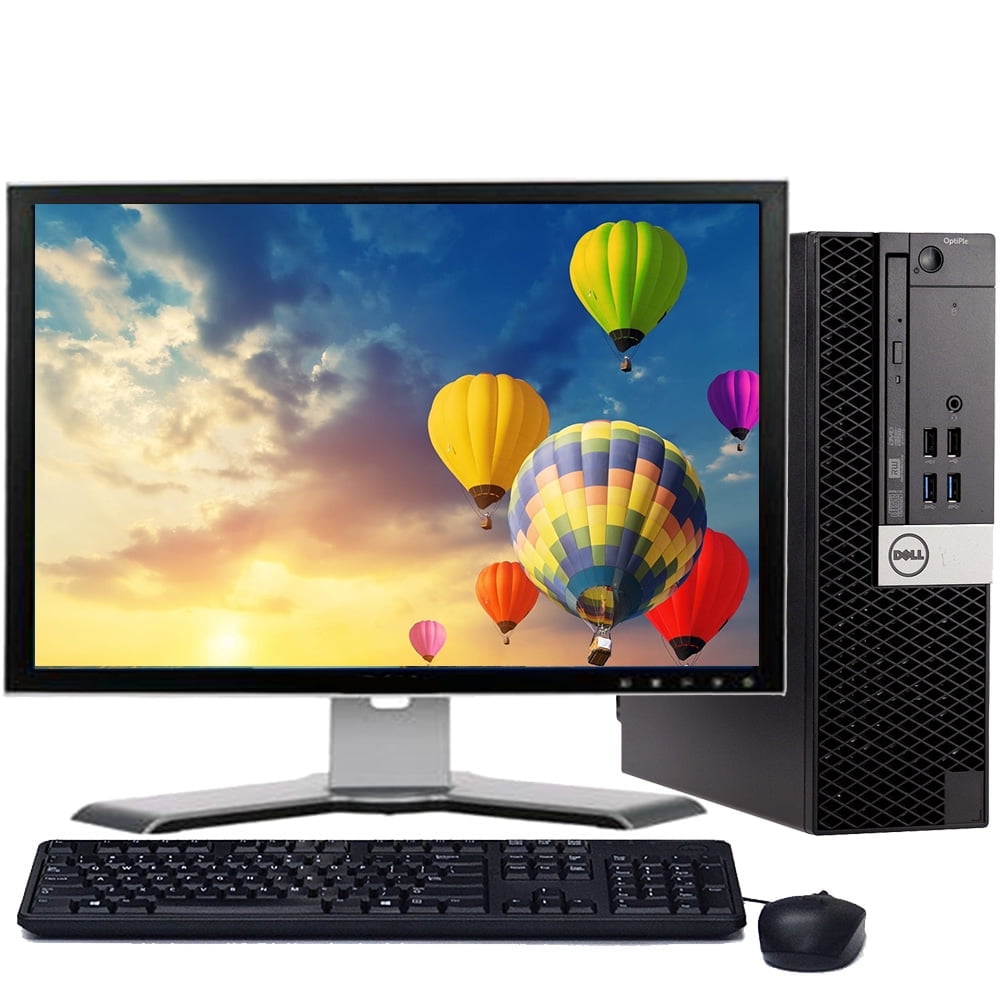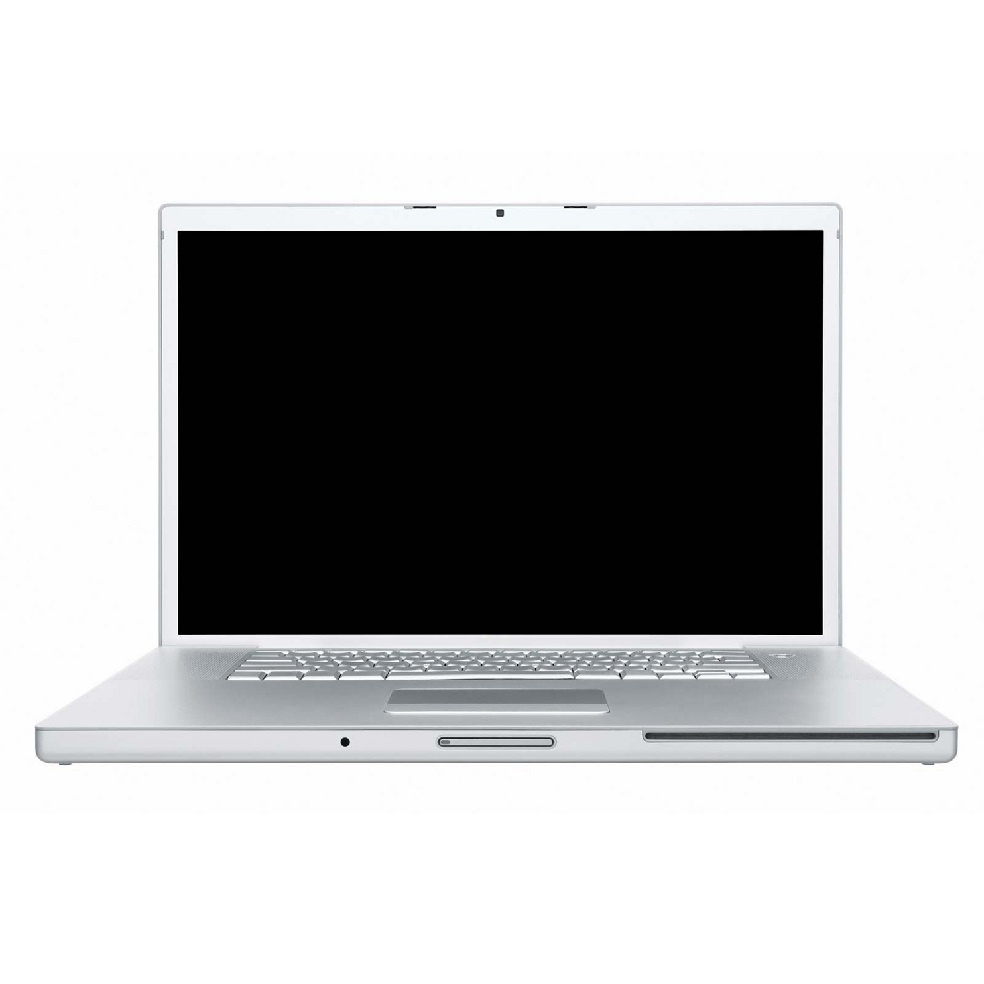Start by examining your most-used online accounts with computer. This includes email, social media, and banking services. Be alert for signs of unauthorized access. Changes in passwords, odd messages, or strange transactions are red flags. Immediately change your passwords if you see unusual activity. Notify your service provider without delay.
It’s wise to use websites like haveibeenpwned.com. They check if your details got exposed in data breaches. This site can reveal if your email address or passwords are compromised.
Maintaining strong, unique passwords for each account is crucial. Using a password manager can help manage and generate robust passwords. Remember to regularly update your passwords. It adds an extra layer of security.
Enable two-factor authentication (2FA) where possible. This adds another security step when accessing your accounts. Even if a hacker has your password, they can’t enter the account without the second verification.

Assess Your Antivirus Software’s Status
Antivirus software acts as a crucial defense against hackers. If your computer is at risk, your antivirus might show signs. Check if your software is active and up-to-date. Viruses and malware often disable protective software. Spotting these issues early can prevent further damage.
Follow these steps to assess your antivirus status:
- Open your antivirus program. Look for the latest update confirmation.
- Ensure real-time protection is on. This stops threats before they infiltrate your system.
- Verify that scheduled scans are active. Regular scans help catch hidden malware.
- If you don’t have antivirus software, install it now. Consider trusted options like Windows Security or reputable third-party software.
Remember to keep your antivirus program updated. Hackers constantly evolve their methods. You need the latest virus definitions to tackle new threats. If you face issues with updates or scans, it might be a hack sign.
Examine Running Processes in Task Manager
It’s essential to scrutinize the Task Manager for unusual activity. Hackers may run processes that consume system resources sneakily. Open Task Manager by pressing Ctrl+Shift+Esc. Alternatively, you can right-click on the taskbar and choose Task Manager.
Here’s what to look for:
- Unfamiliar processes: If you spot strange process names, that’s a concern.
- High resource usage: Processes using excessive CPU or memory warrant attention.
- Unknown network activity: Check for processes with unexpected network usage.
Suspicious processes could indicate a compromise. If you find any, terminate them by right-clicking and selecting ‘End Task’. After ending these tasks, ensure your security is intact. It’s a good idea to follow up with a full system scan using your antivirus software.
For a deeper dive, tools like Microsoft’s Process Explorer offer more insight. This can help identify what each process is doing in detail. Be proactive—monitoring Task Manager regularly helps catch hackers early. By being alert to these signs, you can stop hackers before they cause serious harm.
Review Your Browser Extensions for Malicious Add-Ons
Browser extensions can be helpful. However, some may harm your security. Hackers often use malicious add-ons to interfere with your browsing. Regularly check the extensions installed in your browser. Here is how to do it effectively:
- Open your browser settings. Go to the extensions or add-ons menu.
- Scan the list of installed extensions. Remove any you don’t recognize or need.
- Look for unusual behavior. If an extension is causing pop-ups or redirects, it could be harmful.
- Update extensions regularly. This ensures they have the latest security patches.
- Use reliable sources. Only download extensions from trusted web stores.
Malwarebytes Browser Guard and similar tools can help in this process. They block malicious sites and ads by default. By keeping a clean and secure browser environment, you reduce the risk of hacking.
Monitor Your Network Activity for Anomalies
Monitoring network activity is key in detecting hackers. Abnormal data usage may signal a compromise. Here’s how to check it:
- Observe data flow: Notice high data usage when not actively using your computer?
- Inspect Task Manager: Use the Network tab to spot unusual network activity.
- Review network tools: GlassWire or similar tools can show unexpected connections.
- Watch for remote access: Hackers could control your computer from afar, leading to high data traffic.
- Check IP addresses: Unknown IPs in network logs could be unauthorized access points.
- Secure network settings: Changed settings may mean a hacker’s interference. Reset them if needed.
Unusual network activity can be an early warning of hacking attempts. Act swiftly to investigate and rectify any abnormalities to ensure your computer’s security.
Inspect Your System Settings for Unusual Changes
Regularly checking your system settings can reveal signs of hacking. Here are actions to take:
- Check user accounts: Look for new or unknown user profiles on your computer.
- Examine security features: Ensure features like firewall and UAC are active.
- Review startup programs: Unfamiliar applications on startup could mean tampering.
- Verify registry entries: Changes in the registry might indicate system manipulation.
You can find these settings in the Control Panel on Windows computers. Be vigilant for settings you did not change. Hackers might alter these to gain persistent access or control over your system. Restore any altered settings and consider a full security scan if you find changes you didn’t make.
By being proactive in checking for these changes, you increase your chances of preventing further damage. Make it a habit to visit your computer’s system settings regularly.
Utilize Additional Tools to Identify Security Breaches
To detect possible security breaches, make use of diverse tools. These help uncover hidden threats and confirm suspicions of hacking. Consider the following when using additional tools:
- Use specialized scanning software: Tools like Microsoft’s Process Explorer provide more in-depth analysis of active processes. They show the source and behavior of each process.
- Employ network security monitors: Tools such as GlassWire offer detailed network monitoring. They detect unknown connections and high data traffic not initiated by you.
- Check with online security services: Websites like haveibeenpwned.com can inform if your personal data has been part of a known breach.
- Run a firewall check: Ensure your firewall is active and has not been disabled. Use tools to verify that it’s effectively blocking unwanted traffic.
- Consult security forums: Gain insights from community-driven security forums. These platforms can guide you on recent threats and solutions.
Regular use of these tools enhances your awareness of your computer’s security posture. Act promptly if they reveal any forms of hacking. Regular checks and updates are key. They keep security up to date with evolving hacker tactics. Remember, staying informed and vigilant is your best defense against hackers.
Steps to Take If You Confirm Your Computer is Hacked
When you confirm that your computer is hacked, quick action is crucial. Here are immediate steps to take:
- Disconnect from the internet. This prevents the hacker from accessing your system further.
- Change your passwords. Start with your most sensitive accounts, like email and banking.
- Update your antivirus software. Then, run a full system scan to identify and remove malware.
- Install system updates. This can fix security gaps that hackers exploit.
- Notify affected parties. Contact your bank, credit agencies, and anyone who could be impacted.
- Backup your files. If possible, save important documents on an external drive or cloud service.
- Consider professional help. If you’re overwhelmed, seek assistance from a cybersecurity expert.
- Clean Install. As a last resort, you might have to reinstall your operating system.
Remember, it’s key to stay calm and work systematically to secure your computer and personal data. After the immediate threats are handled, review your security practices to prevent future hacking incidents.


